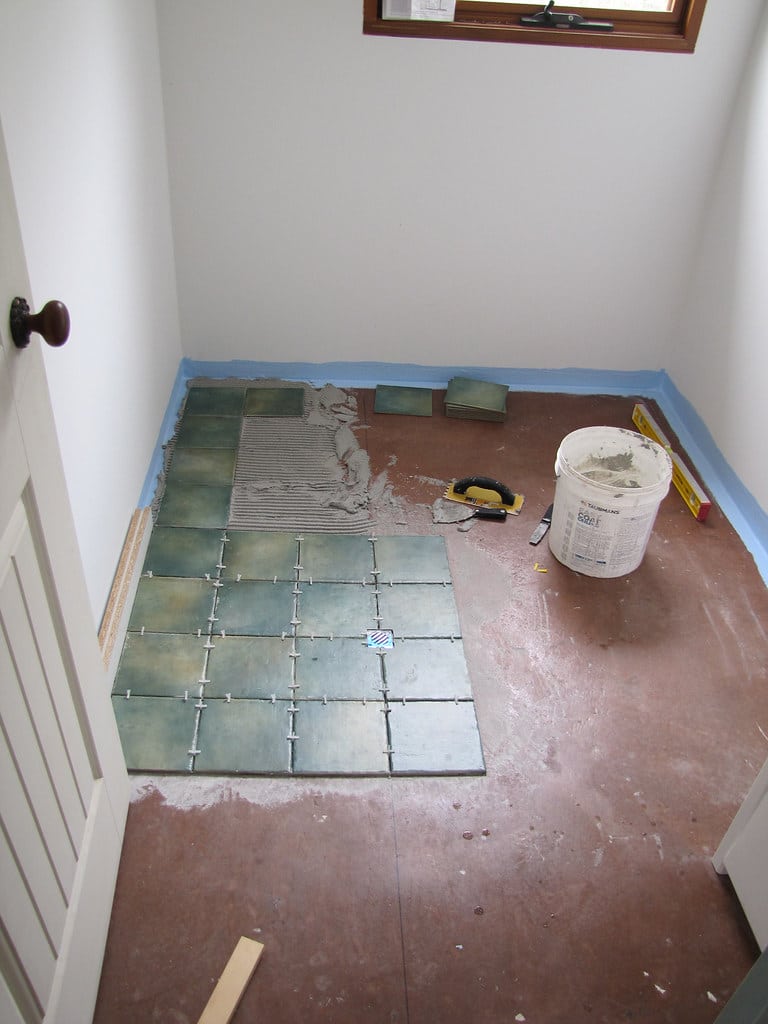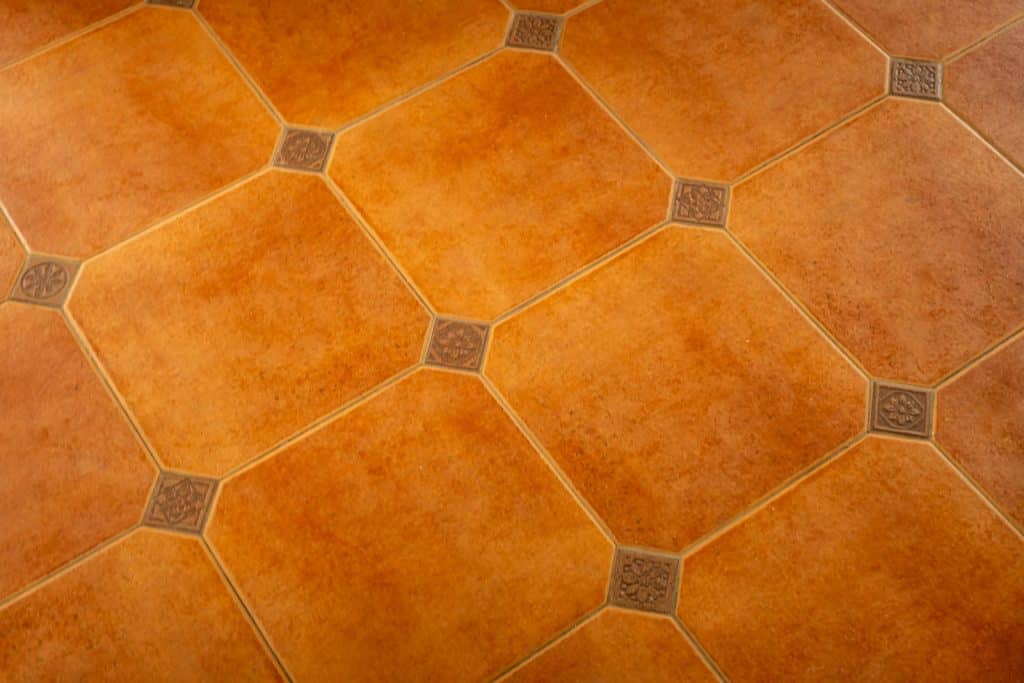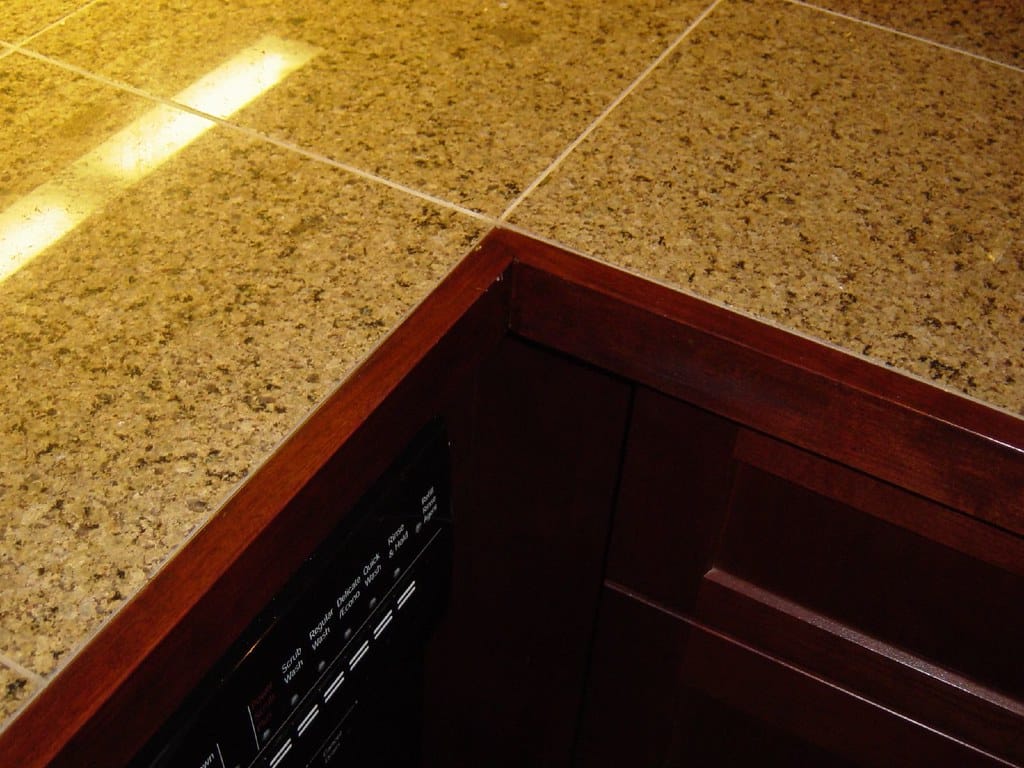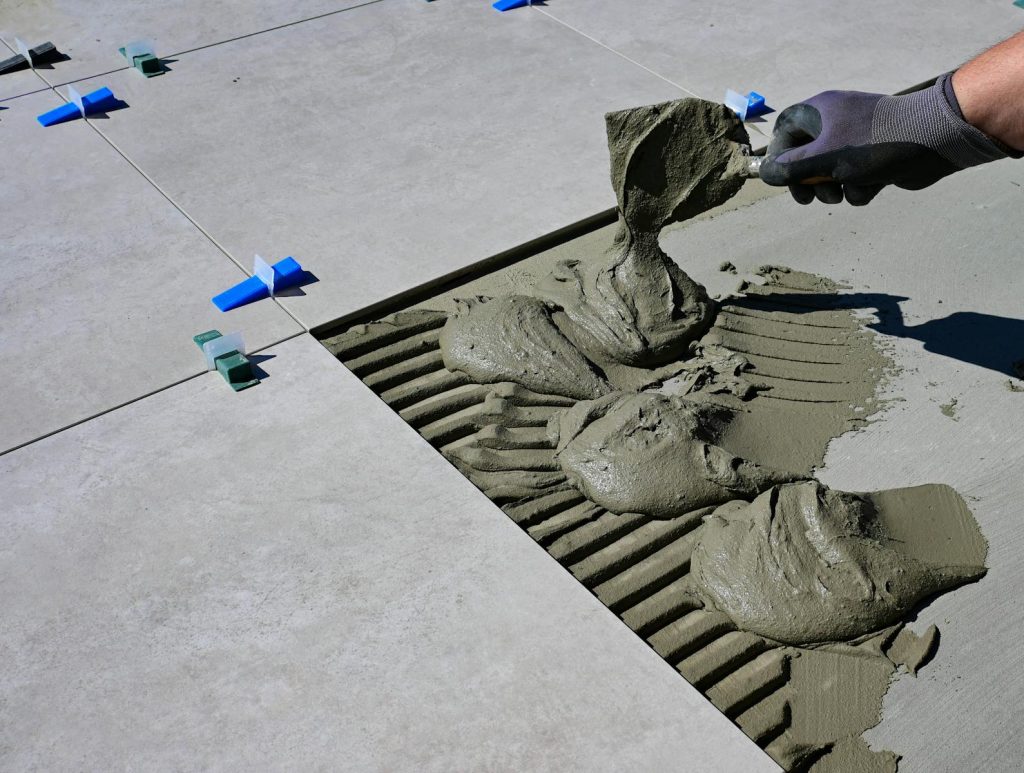In this guide, we’ll explore the types of ceramic tile adhesives, factors to consider when selecting the right product, and best practices for flawless application.Ceramic tiles are a popular choice for both residential and commercial spaces, offering durability, aesthetic appeal, and ease of maintenance. However, the longevity and performance of these tiles depend heavily on the adhesive used during installation.
1. What Are Ceramic Tile Adhesives?
Ceramic tile adhesives, also known as thinset mortars or tile mastics, are specialized compounds designed to bond tiles to surfaces like walls, floors, or countertops. These adhesives are formulated with polymers, cement, and other binding agents to ensure water resistance, flexibility, and long-lasting adhesion. Unlike traditional mortar, modern adhesives cater to diverse installation environments, from high-moisture bathrooms to heat-prone kitchen backsplashes.
2. Types of Ceramic Tile Adhesives
Choosing the right adhesive depends on your project’s requirements. Here are the most common types:
- Water-Based Adhesives (Pre-Mixed Thinset):
Ideal for indoor applications, these ready-to-use adhesives are user-friendly and require no mixing. They work well for small-scale projects like bathroom walls or kitchen backsplashes. However, they’re less suitable for outdoor use or areas exposed to prolonged moisture. - Powdered Cementitious Adhesives:
These adhesives require mixing with water and are commonly used for large flooring projects. They offer superior strength and water resistance, making them ideal for outdoor patios, showers, or heavy-traffic areas. Variants include:- Modified Thin-Set Mortar: Enhanced with polymers for flexibility.
- Unmodified Thin-Set Mortar: Cement-based for general indoor use.
- Heat-Resistant Adhesives:
Designed for surfaces exposed to high temperatures, such as fireplace surrounds or underfloor heating systems. These adhesives prevent cracking caused by thermal expansion. - Epoxy Adhesives:
A two-part adhesive (resin + hardener) offering extreme durability and chemical resistance. Suitable for industrial settings or commercial kitchens, though they’re more challenging to apply.
3. How to Choose the Right Adhesive
Consider these factors to avoid installation mishaps:
- Surface Material:
Ensure the adhesive is compatible with your substrate (e.g., concrete, plywood, drywall). For example, use a waterproof adhesive for moisture-prone drywall in bathrooms. - Tile Type and Size:
Larger or heavier tiles (e.g., porcelain or natural stone) require high-strength adhesives with extended curing times. Smaller ceramic tiles work with standard thinset. - Indoor vs. Outdoor Use:
Opt for weatherproof adhesives with “freeze-thaw” resistance for outdoor areas. - Special Requirements:
Heated floors, pools, or countertops may need specialty adhesives.
4. Application Tips for Professional Results
Follow these steps to ensure a flawless installation:
- Surface Preparation:
Clean the substrate thoroughly, removing dust, grease, or old adhesive. Uneven surfaces should be leveled with a patching compound. - Mixing the Adhesive:
For powdered adhesives, mix with water in batches using a drill with a mixing paddle. Aim for a peanut butter-like consistency. - Application Technique:
Use a notched trowel to spread the adhesive evenly. Hold the trowel at a 45-degree angle to create uniform ridges for better tile adhesion. - Tile Placement:
Press tiles firmly into the adhesive, twisting slightly to eliminate air pockets. Use tile spacers to maintain consistent gaps for grout. - Curing Time:
Allow the adhesive to cure for 24–48 hours before grouting. Avoid foot traffic or heavy loads during this period.
5. Common Mistakes to Avoid
- Skipping surface priming on porous substrates.
- Applying too thin or thick an adhesive layer.
- Ignoring the adhesive’s “open time” (the period it remains workable after application).







